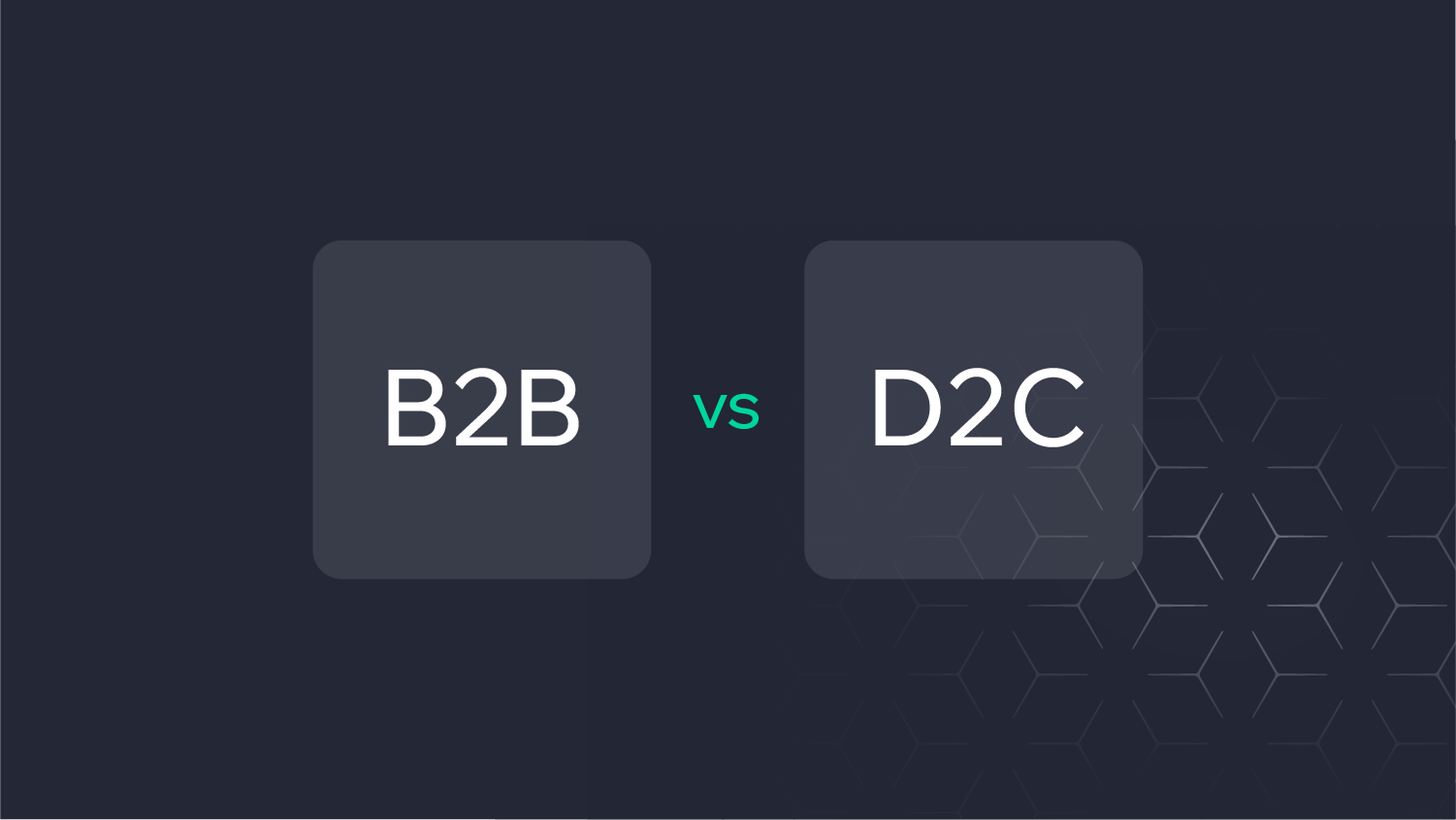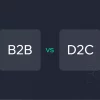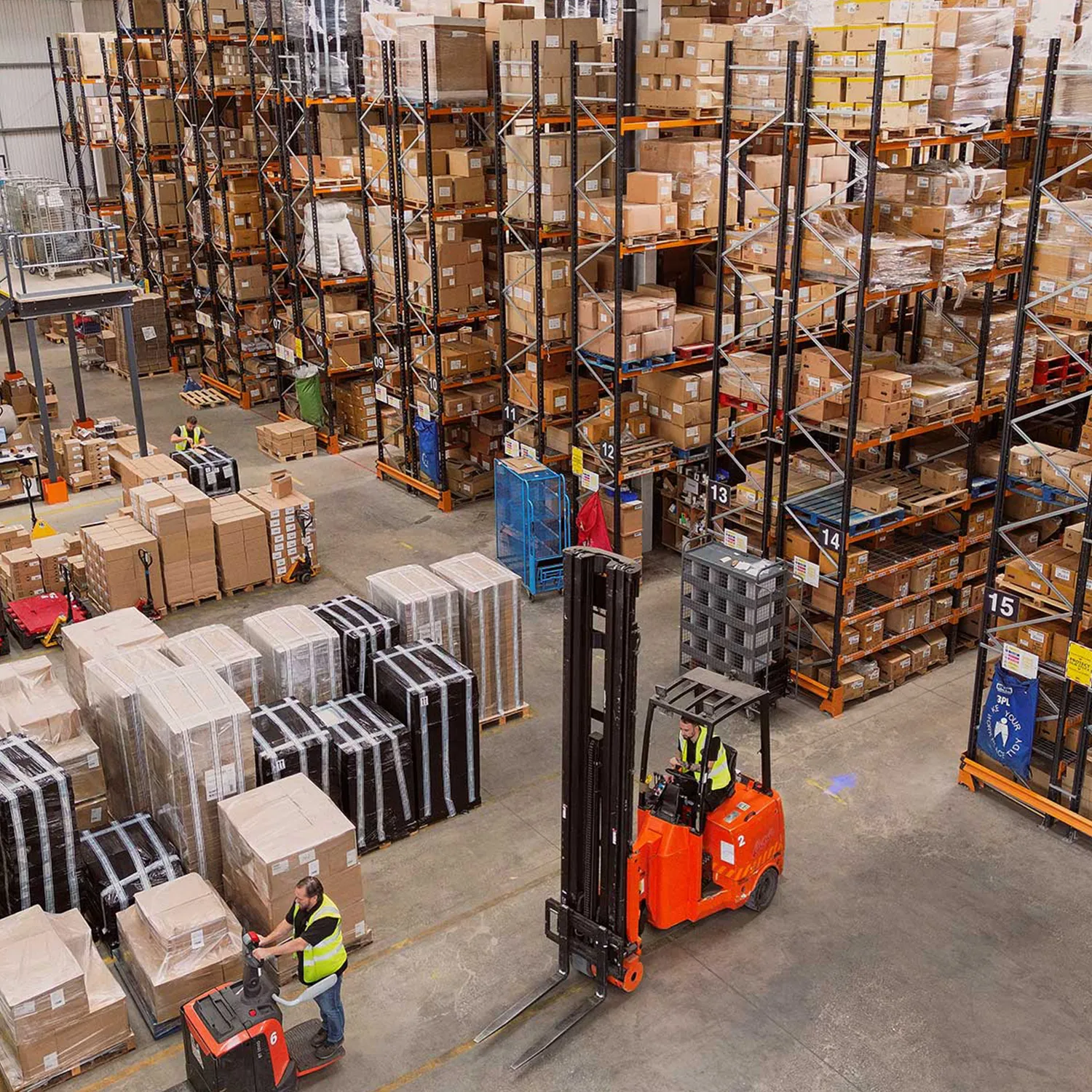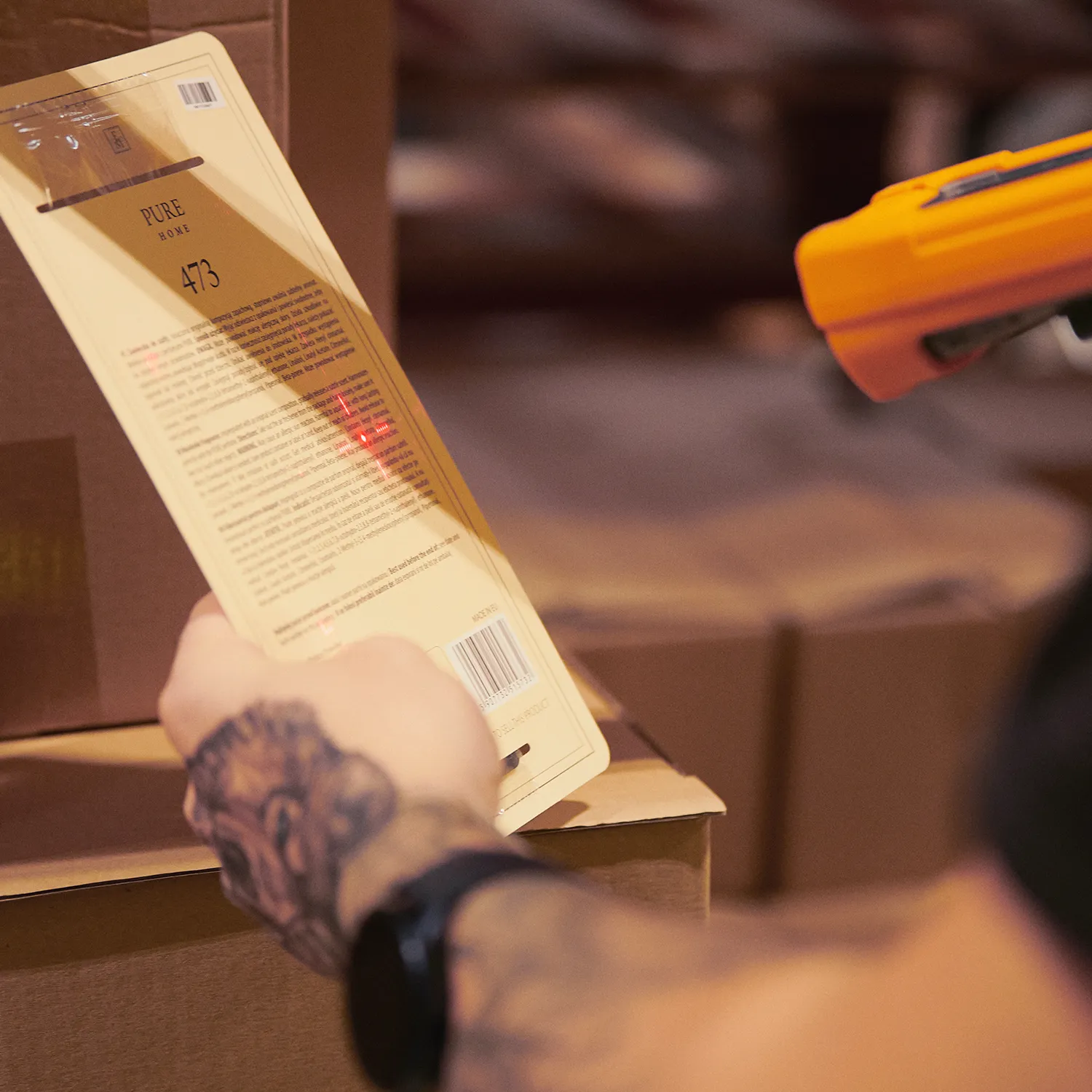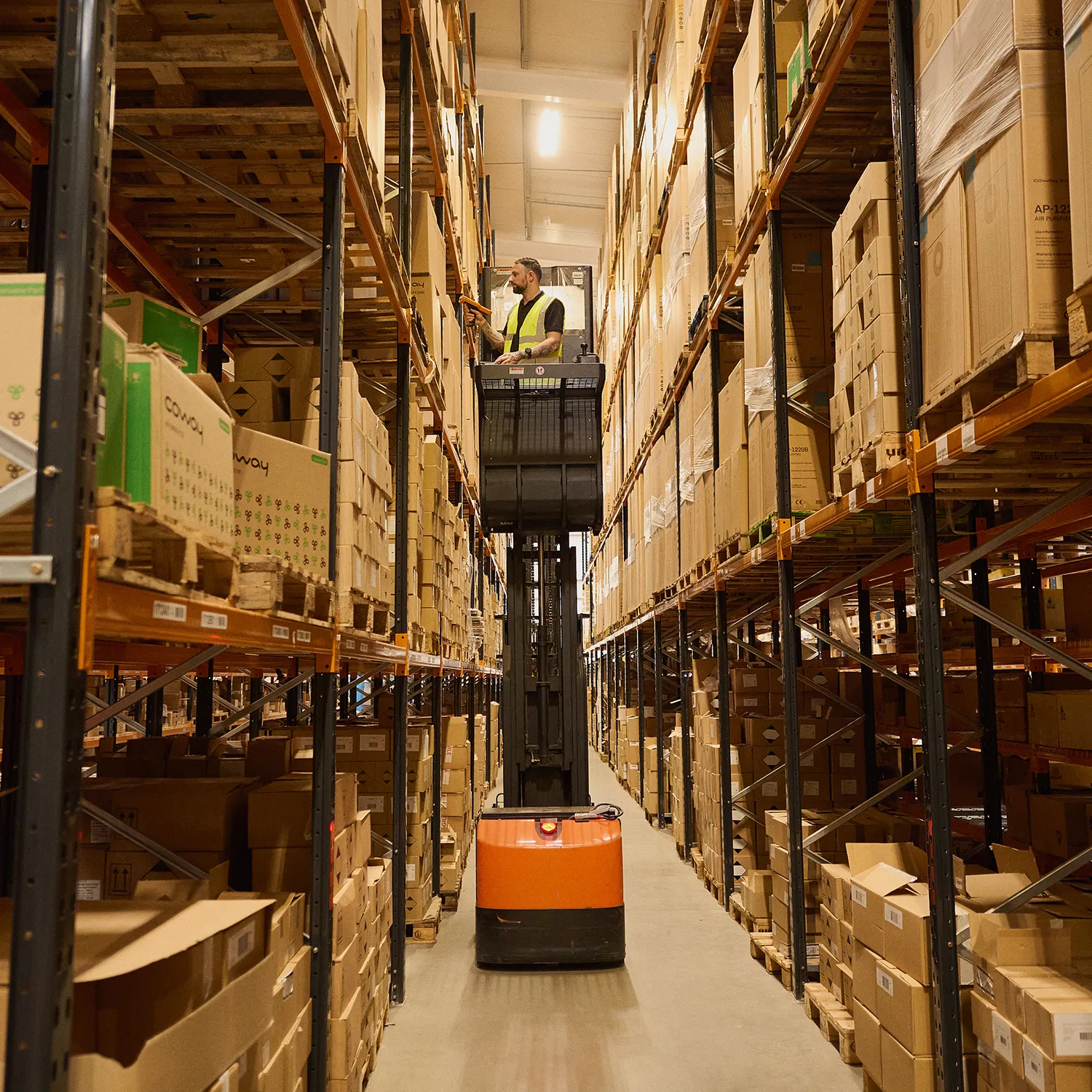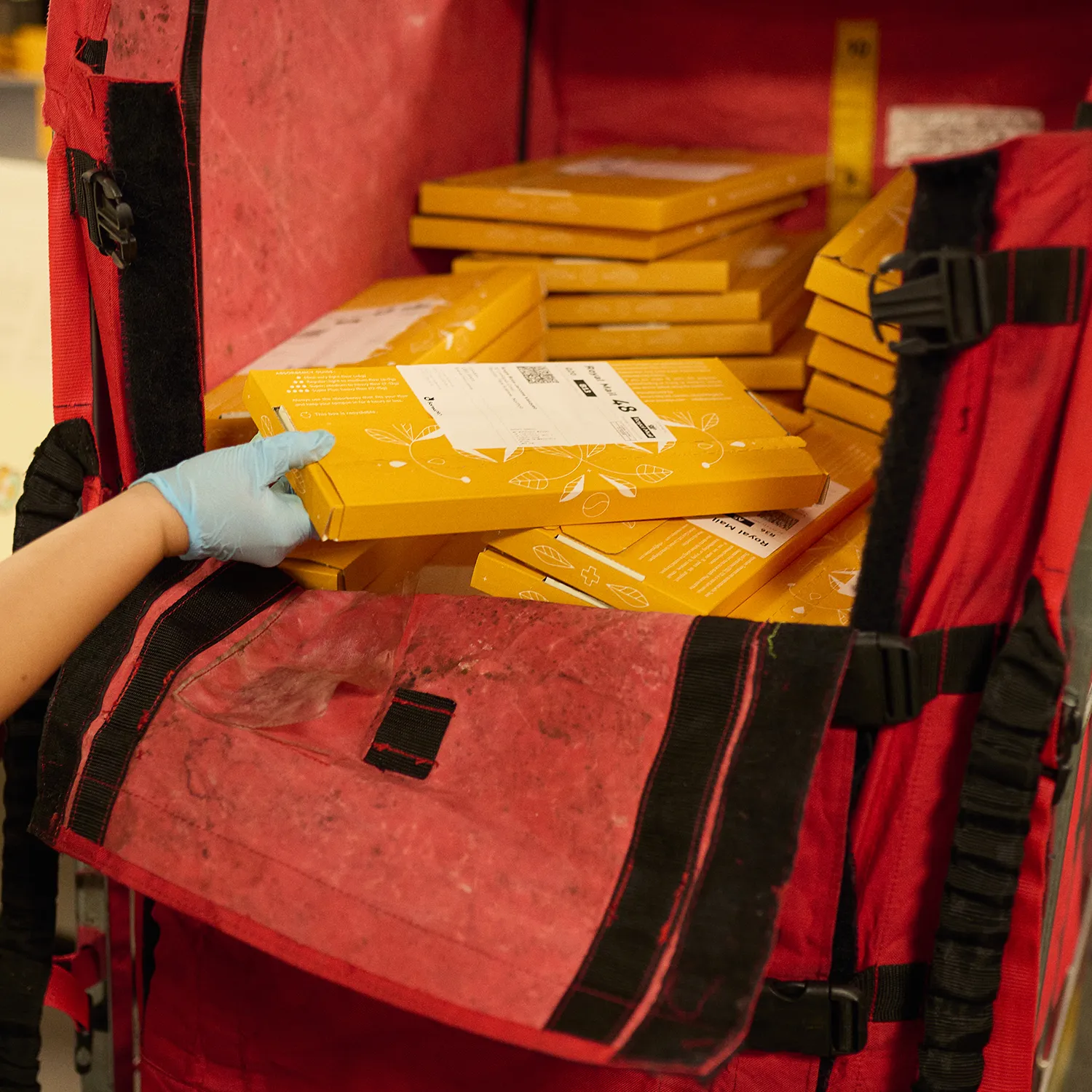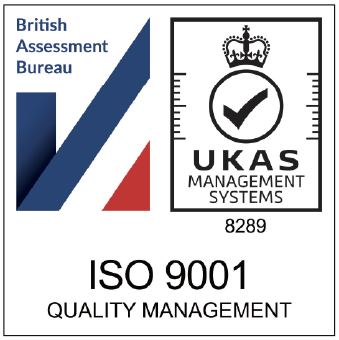Article Overview
- B2B fulfilment involves bulk orders, scheduled deliveries, and stricter compliance, while D2C focuses on speed and personalisation.
- B2B orders are typically palletised and require EDI, account-specific labelling, and timed delivery slots.
- D2C relies on parcel networks, branded packaging, and seamless returns to deliver consumer-grade experiences.
- Businesses working with both models need flexible systems to handle different workflows and SLAs.
- 3PLs like 3PL provide fulfilment operations tailored to each channel, allowing brands to scale without operational conflict.
Understanding B2B and D2C fulfilment models
B2B (business-to-business) and D2C (direct-to-consumer) fulfilment have fundamentally different requirements, although many brands now operate in both channels.
A fashion brand might ship 2,000 orders a week to individual consumers, but also supply national retailers or wholesale accounts on fixed schedules. Each model demands different infrastructure, workflows, and service levels.
Outsourcing fulfilment to a 3PL helps brands navigate both with operational clarity. But first, it’s critical to understand what makes these fulfilment strategies distinct.
Order profiles and shipping formats
B2B: Bulk and palletised
B2B orders typically include large quantities, sent on pallets or consolidated shipments. They may involve multiple SKUs, each with custom labelling or packaging requirements. Delivery is usually to warehouses, stores, or distribution centres with booking slots and receiving guidelines.
D2C: Individual parcels
D2C orders are small and frequent. Each order is processed individually and shipped via parcel couriers. The focus is on speed, accuracy, and a polished unboxing experience.
While B2B might ship 20 pallets to a retailer weekly, D2C will send hundreds or thousands of parcels daily to homes or pickup points.
Compliance and labelling requirements
B2B: Account-specific compliance
Retailers and wholesalers often require strict adherence to labelling formats, EDI compliance, and delivery window agreements. Failure to comply can result in penalties or rejected deliveries.
3PL clients often supply to major UK retailers who require:
- SSCC barcodes on pallets
- Custom shipping labels
- Advance shipping notices (ASN)
- Scheduled receiving windows
D2C: Brand-first packaging
In D2C, compliance isn’t about barcodes – it’s about customer impression. Packaging is part of the brand story. Fulfilment must support:
- Branded boxes and tissue paper
- Printed inserts and thank-you cards
- Easy-to-use returns slips
A mistake here doesn’t cost a fine – but it might cost a customer’s trust.
Systems and data flow
B2B: Purchase orders and long lead times
B2B fulfilment often works with purchase orders, forecasts, and restock schedules. Orders may be planned weeks in advance and involve large volume processing.
Integrations with ERP systems or buyer portals are common. EDI (electronic data interchange) is used to sync orders, shipping data, and invoices.
D2C: Real-time transactions
D2C operates on real-time orders through platforms like Shopify, WooCommerce or marketplaces. Each order triggers instant fulfilment, requiring rapid syncing between sales channels and warehouse operations.
3PL’s Fusion platform supports both models – EDI for B2B, API integrations for D2C – and allows brands to operate in both spaces efficiently.
Returns and reverse logistics
B2B: Returns by exception
B2B returns are less frequent but more complex. They may involve entire pallets or damaged bulk stock, requiring manual checks and reporting.
Processes include:
- Booking returns with carriers
- Inspecting goods
- Crediting accounts or initiating claims
D2C: High volume, high expectation
Consumer returns are expected and frequent. Returns workflows must be automated and integrated with customer service. Speed and communication are key.
Features include:
- Pre-generated return labels
- Refunds triggered by scan events
- SKU-level return reason tracking
Fulfilment SLAs and customer expectations
B2B: Predictability over speed
Buyers value reliability, accurate documentation, and scheduled delivery. Fulfilment is measured by OTIF (on time in full), not next-day delivery.
D2C: Speed and communication
Customers expect same-day despatch, fast shipping, and proactive tracking updates. Delays affect satisfaction and reviews.
3PL clients see 99.9% order accuracy and high SLA performance across both models thanks to structured workflows.
Real-world example: hybrid fulfilment for a multi-channel brand
A beauty brand using 3PL sells on Shopify (D2C), Amazon (marketplace), and through UK department stores (B2B). We:
- Created workflows for pick-and-pack D2C orders
- Designed pallet-build rules and labelling for each retail partner
- Managed courier allocation and EDI feeds for B2B
- Handled returns by channel with specific workflows
The result is a seamless fulfilment engine that supports all channels from one inventory pool.
Align your fulfilment with every channel you serve
Whether you sell to consumers, retailers, or both – fulfilment should adapt to each model without creating complexity.
Talk to 3PL about building a hybrid fulfilment setup that scales across B2B and D2C.
Speak to 3PL about your order fulfiment
It’s time to supercharge your business and overtake your competitors. Speak to 3PL today and find out how we can take your ecommerce and B2B fulfilment to the next level.
